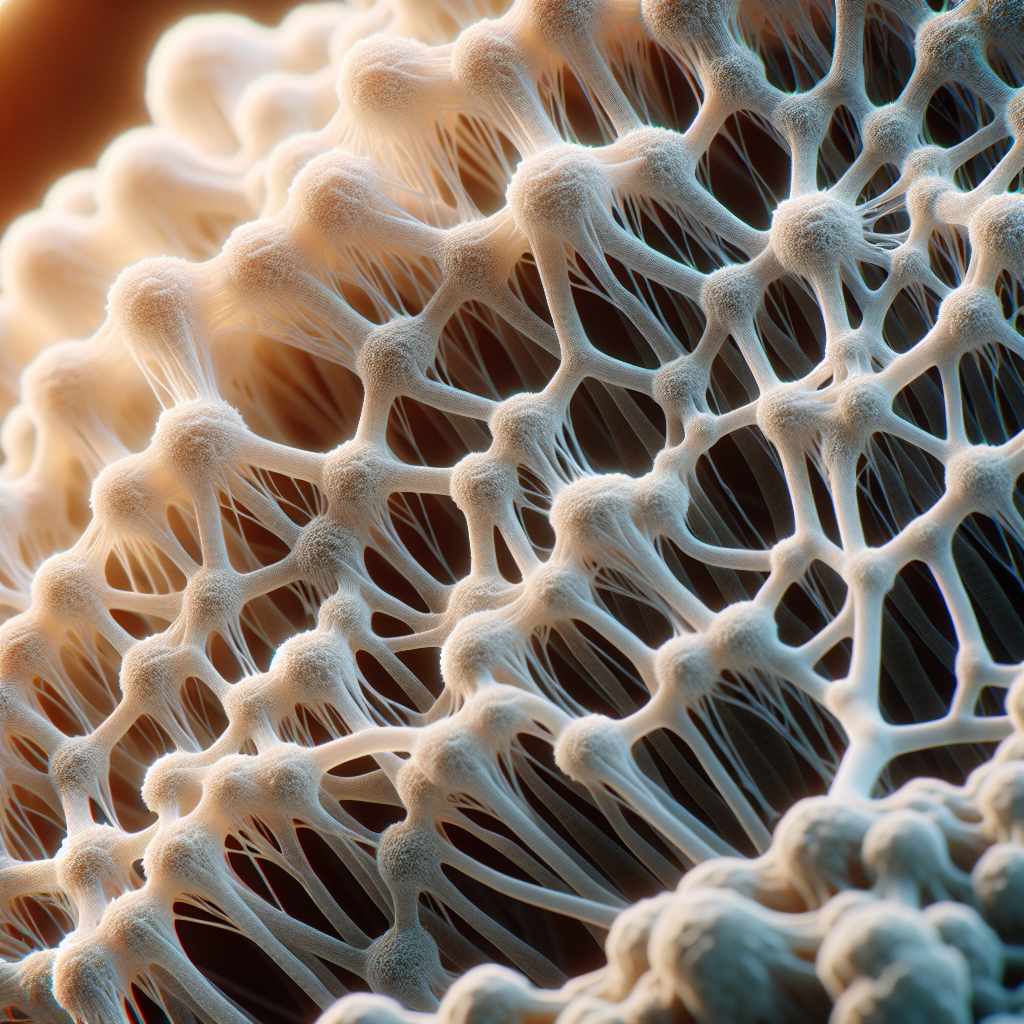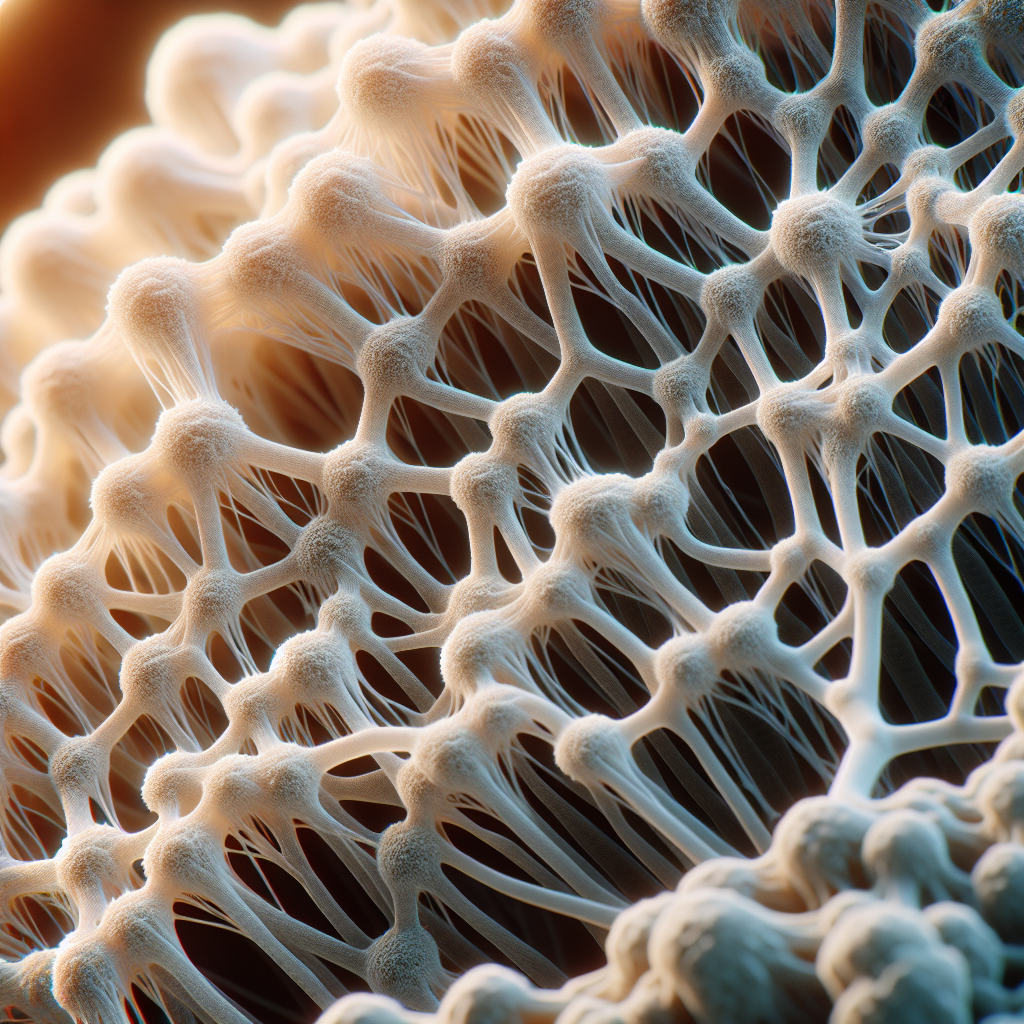As you venture into the complex world of fungi, the term “mycelium” may resonate deeply. The article “Understanding Mycelium: The Intertwined Mass of Fungal Cells” seeks to shed light on what may initially seem intricate. By exploring mycelium—this sometimes elusive, entangled collection of hyphal cells—you’ll unlock the secrets of one of the most vital components in the life cycle of fungi. Prepare to cultivate your knowledge on this fascinating subject, stimulating your understanding of the science that shapes the world we inhabit.
Overview of Mycelium
In the world of fungi, the mycelium plays a ubiquitous and significant role. It embodies the fungal organism’s primary stage in life and serves as a vital medium for reproduction, growth, and nutrient absorption.
Definition of Mycelium
mycelium represents the vegetative part of a fungus and generates from the germination of spores. It is an interconnected white or transparent network of filamentous hyphae.
Fundamental Characteristics
The mycelium is distinguished by its thread-like appearance, invisible to the naked eye. Throughout its existence, it remains in constant growth, branching out and reinforcing connections with other filaments. Physiologically, it derives nutrients from raw organic matter, thereby playing an integral role in decomposition and recycling in the ecosystem.
Role in Fungal Organisms
The mycelium serves as the chief structure of fungal organisms. Its dominating presence in the life cycle of fungi is evident in roles such as nutrient intake, development, and reproduction.
Structure and Formation of Mycelium
The structure and formation of mycelium are intrinsically connected and manifest various unique and complex features.
Physical Structure of Mycelium
Mycelium consists of a complex matrix of hyphae- long, thin filamentous cells. These hyphae often intertwine, producing a vast connected network that can span considerable areas beneath the surface.
Process of Formation
Mycelium germinates from fungal spores. After the spore lands in a suitable environment, it uses available nutrients to grow a hypha, which continually divides to create a vast network of similar cells, forming the mycelium.
Variations in Structure among Different Fungi
Different fungi exhibit varied mycelium structures. Some may display a uniformly spread network of hyphae, while others may contain clustered mycelial cords.
Nature of Fungal Cells that Form Mycelium
There is an array of complex features at play in fungal cells forming the mycelium.
Genetic and Metabolic Features
The fungal cells that form mycelium are eukaryotic, possessing unique genetics and metabolism. They contain distinct nuclei and mitochondria, facilitating various metabolic activities crucial for growth.
Role of Hyphae
Hyphae assume a substantial role in constituting the structure of mycelium. Their ability to elongate and segregate continually helps extend the mycelium, providing it increased reach for sourcing nutrients.
Types of Hyphae that Constitute Mycelium
The categorization of hyphae that make up mycelium may depend on several factors, including their morphology, functionality, and cell composition. Examples include septate hyphae containing several nuclei and non-septate hyphae, which are without cell division.

Role of Mycelium in Growth and Development of Fungi
Mycelium plays a significant part in fuelling growth and development within the fungal organism.
Contribution to Spore Production and Germination
Mycelium contributes to spore production, which is vital for facilitating the survival and dispersion of fungi. After dissemination, these spores develop into new mycelium, thereby perpetuating the life cycle.
Nutrient Procurement and Growth
mycelium enables efficient nutrient procurement and promotes growth by aggressively penetrating its surroundings and absorbing nutrients in the form of organic matter. This ability to source nutrients contributes to its development and expansion.
Life Cycle Completion through Mycelium
The life cycle of a fungus generally begins and ends with the mycelium. It initiates from the germination of spores and, through stages of development and reproduction, eventually returns to spore generation, typically starting a new mycelial cycle.
Mycelium in Reproduction of Fungi
A crucial phase where the mycelium plays an indispensable role is during the reproduction of fungi.
Sexual Reproduction using Mycelium
Sexual reproduction in fungi occurs when hyphae from different mycelium networks fuse, encouraging nuclear fusion, resulting in genetically diverse offspring.
Asexual Reproduction with Mycelium
In asexual reproduction, spores germinate from a parent mycelium and grow into a replica of the parent organism utilizing existing nutrients. This process allows rapid fungus proliferation under favorable conditions.
Comparative Contributions of Sexual and Asexual Processes
Both sexual and asexual processes have unique contributions to fungi reproduction. While sexual reproduction fosters diversity and adaptation, asexual reproduction facilitates rapid spread and growth.
Mycelium’s Role in Nutrient Cycling
Mycelium’s involvement in nutrient cycling in ecosystems is vastly significant and valuable.
Role in Decomposition
As powerful decomposers, fungi utilize mycelium to break down organic matter into simpler nutrients. This process kick-starts the nutrient cycle, enabling other organisms to utilize these essential nutrients.
Functions in Soil Fertility
Mycelium contributes to soil fertility by dispersing nutrients throughout its hyphal network. This activity enriches the soil quality, nurturing plant growth and contributing to overall biodiversity.
Impact on Carbon Cycling
By breaking down organic matter, mycelium plays a crucial role in carbon cycling, releasing stored carbon back into the atmosphere and contributing to the carbon equilibrium in ecosystems.
Interaction of Mycelium with Other Organism and its Environment
The relationship of mycelium with other organisms and its prevailing environment is a dance of co-dependence and adaptation.
Symbiotic Relations
Mycelium has established symbiotic relationships with various plants. These mutualistic interactions, known as mycorrhizae, facilitate nutrient exchange, enhancing plant growth while benefiting from plant-derived carbohydrates.
Parasitic Interactions
In some instances, mycelium acts as a parasite, penetrating host organisms and deriving nutrients to its detriment. This parasitic activity can lead to diseases in the host organism.
Roles in Ecosystems and Biodiversity
Mycelium plays a crucial role in the sustenance of ecosystems. By contributing to nutrient cycles, promoting soil fertility, and forming symbiotic relationships, it directly influences biodiversity.
Commercial and Industrial Uses of Mycelium
Mycelium’s unique properties have found numerous commercial and industrial applications.
Mycelium in Food Industry
Mycelium is a major component in several food items. It has been used widely in fermenting processes, contributing to the manufacture of products like beer, wine, bread, and soy sauce.
Industrial Uses of Mycelium
Owing to its resilience and adaptability, mycelium has found applications in areas as varied as textile production, insulation material, and even eco-friendly packaging solutions.
Potential for Biotechnological Applications
In biotechnology, mycelium holds promise as a renewable material that can be manipulated to produce organic compounds, enzymes, and even biofuels.
Environmental Impact and Mycelium
Mycelium’s environmental impacts are profound and largely beneficial.
Mycelium as an Environmental Remediator
Through a process known as mycoremediation, mycelium can be used to absorb and break down pollutants in contaminated environments, thus acting as a natural remediator.
Mycelium in Combatting Pollution
Mycelium’s unique properties, including the ability to uptake heavy metals, have heralded it as a potential tool in reducing soil and water pollution.
Promotion of Biodiversity
By enhancing soil fertility and promoting nutrient circulation, mycelium plays an integral role in maintaining and fostering biodiversity, proving crucial to the health and sustainability of many ecosystems.
Future Research and Perspectives on Mycelium
Explorations into mycelium science hold promise for novel discoveries and significant impacts.
Potential Areas for Future Research
Future research on mycelium could delve deeper into its biochemical processes, genetic variations, and potential interactions with other organisms, leading to new insigths or applications.
Challenges in Mycelium Study
Mycelium research poses several challenges, including its diverse and complex structure, niche specificity, and the intricacies involved in genetic manipulation.
Promises for Future Biotechnological and Environmental Applications
Despite these challenges, mycelium carries the promise of heralding unprecedented biotechnological and environmental innovations, including genetic engineering, sustainable product development, and ecosystem restoration.
